What to plant with zucchini: 13 good neighbors and 4 dangerous ones
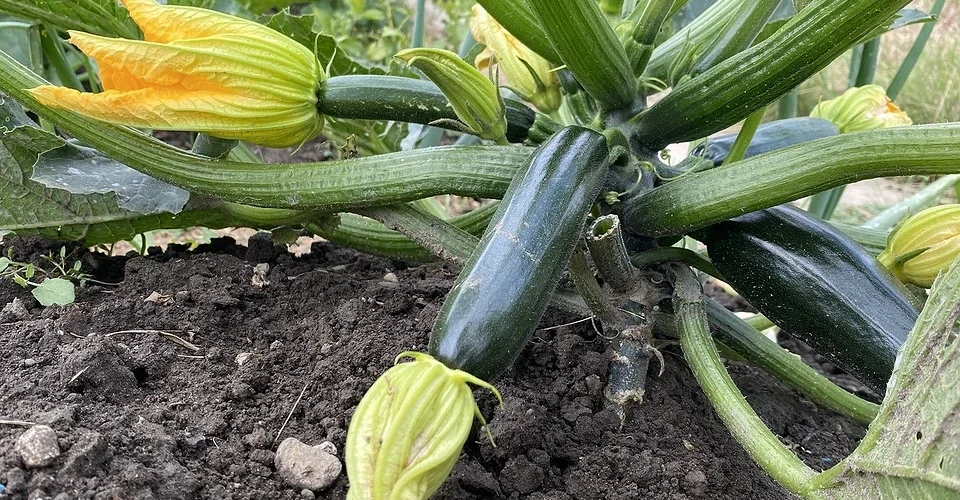
We discuss the specifics of growing squash and the rules of crop rotation. We offer a selection of good and bad neighbors for pumpkin plants, along with a table showing their compatibility with other crops.
Zucchini is healthy and delicious, which is why most gardeners are happy to grow them. In addition, they are unpretentious and productive — you can get a large amount of vegetables without spending much time or effort. But all this is only possible if crop rotation rules are followed. Otherwise, the yield and quality of the fruit will suffer. Let’s figure out what to plant with zucchini and which crops are strictly prohibited from being planted near them.
Good and bad neighbors for zucchini
Why is it essential to choose the right neighboring plants
Experienced gardeners know that the size of the future harvest depends on how well the neighboring crops are chosen. If you make the wrong choice, you could lose about a fifth of your harvest. If you choose the right neighbors, the crops will develop intensively, start bearing fruit earlier, and produce a plentiful and long-lasting harvest. What’s more, the taste of the fruit will improve, and its size will increase.
The explanation for this is straightforward. Plants can influence each other. Each one releases specific substances that can either inhibit or activate the growth of different plants. In addition, they can repel insect pests, attract pollinators, and slow down or completely stop the development of pathogenic microflora. It is essential to take these features into account when planning neighboring beds and combined plantings.
In addition, the type of crop consumption must be taken into account. There are three types: strong, medium, and weak. Representatives of the first type take the maximum amount of nutrients from the soil. It is unacceptable to plant them next to each other, and even more so in mixed plantings. Only strong and weak consumers, or in extreme cases, medium consumers, can be good neighbors. It is perfect if they also protect against pests or pathogens.
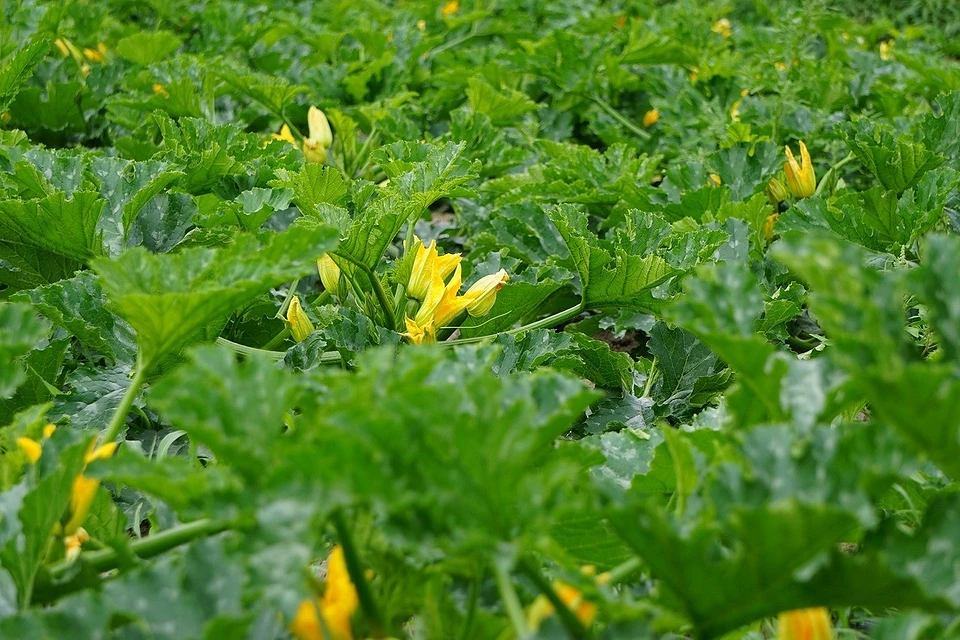
Species characteristics of zucchini
This crop belongs to the pumpkin family. It is heat-loving, so it is planted only after stable warm weather has set in. The bushes are capable of continuous fruiting and produce a large harvest per season. They need a large amount of nutrients and are considered heavy feeders. The root system is robust and branched. It can extract moisture and nutrients from a large volume of soil mixture.
There are two types of this crop: bush and vine. The first is relatively compact, while the second spreads its vines several meters, entwining everything in its path. This must be taken into account when planning plantings. Squash bushes do not like shade and need pollination. It is advisable to grow them in open areas. Pumpkins can be sown directly into the ground, in which case they will keep longer, or cultivated as seedlings. In the latter case, an early harvest is obtained for fresh consumption.
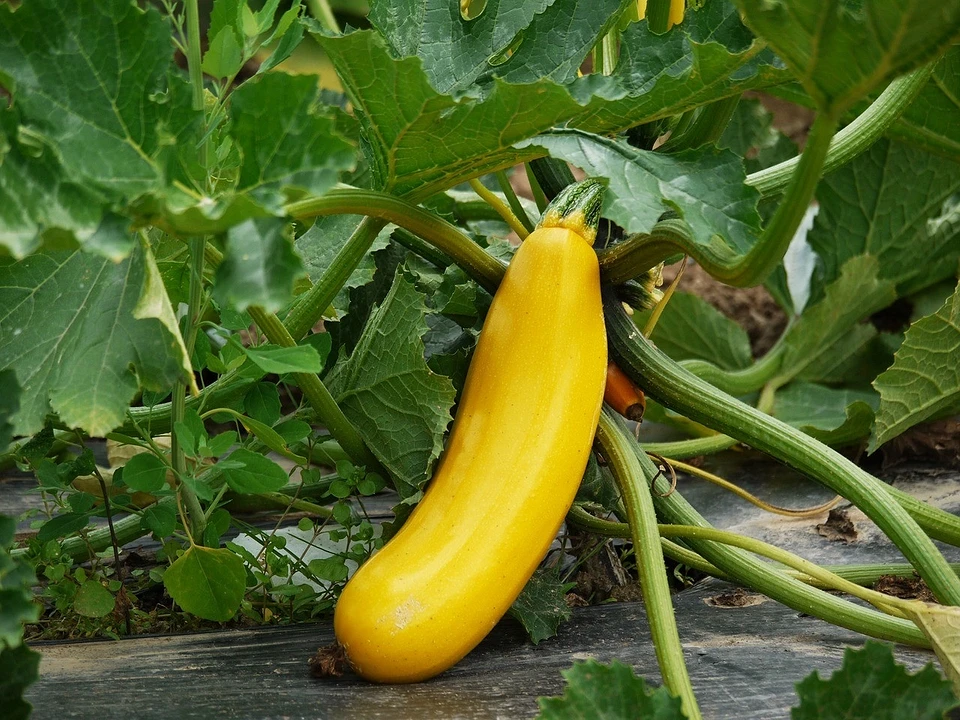
What can be planted with zucchini?
Pumpkins are quite unpretentious, but they have favorite and least favorite neighbors. This must be taken into account when choosing a place for a garden bed. Let’s list what can be planted next to zucchini in open ground or a greenhouse.
Peppers
Like zucchini, peppers prefer fertile soil and sunny areas. However, they will not compete with zucchini bushes if they are planted at a sufficient distance from each other. Caring for these crops is pretty much the same—they need fertilizer and lots of water. They don’t handle loosening the soil very well because they’re susceptible to root damage. It’s better to mulch the beds with straw or chopped grass.
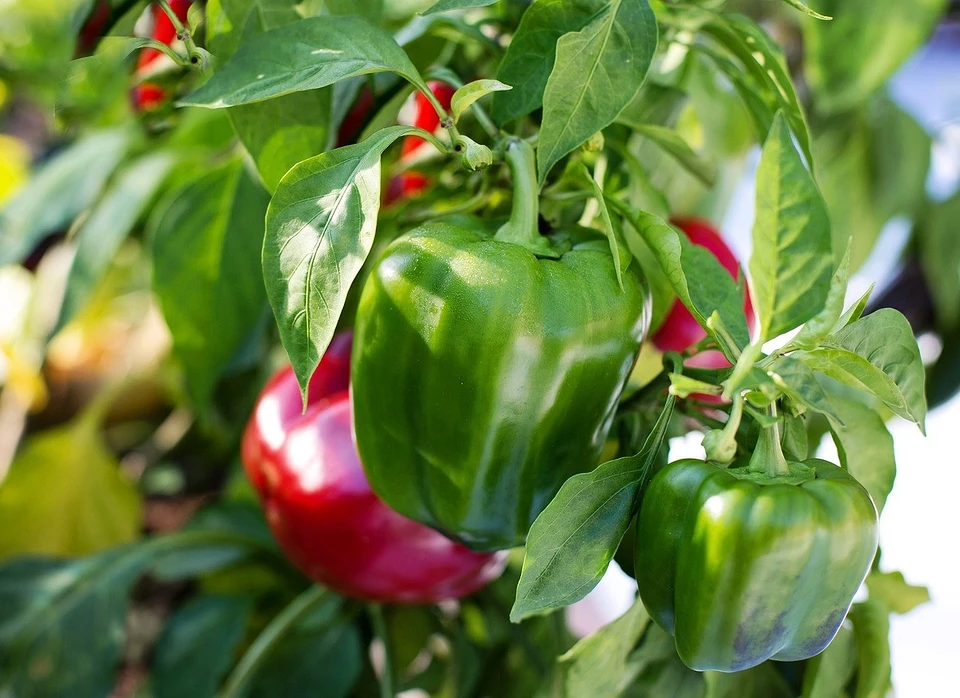
Tomatoes
They do not share any diseases or pests with pumpkin plants. They love the sun and fertile soil, and need regular watering and fertilizing. They have a strong root system, so zucchini bushes will not take nutrients or moisture from their neighbors, but they can shade low-growing varieties. It is best to plant tall varieties near them. The specific smell of tomato tops repels some pests.
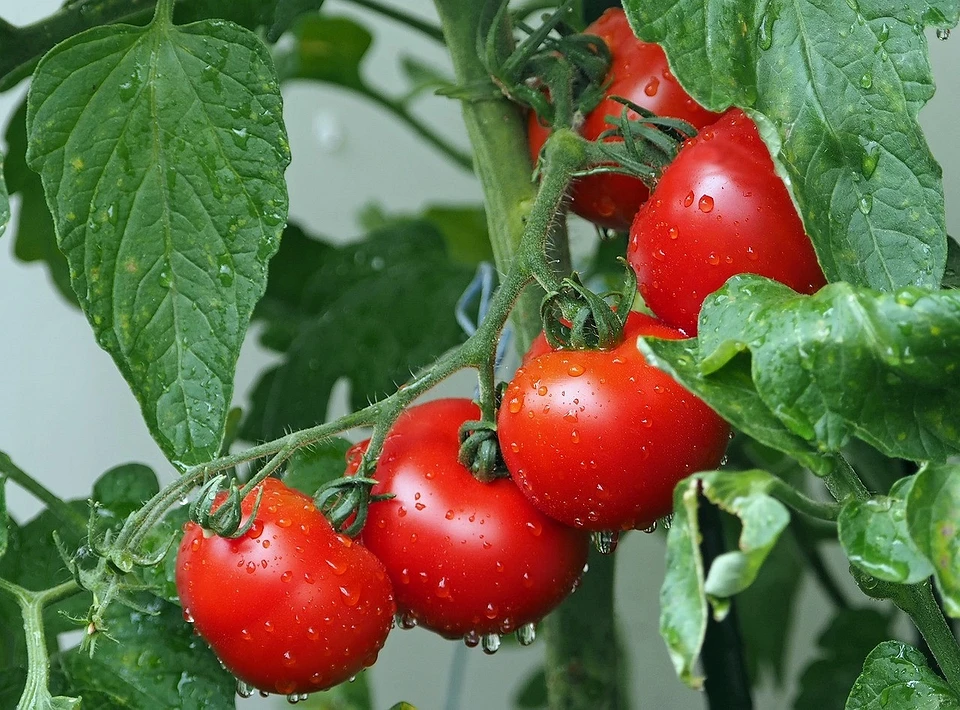
Cabbages
Cruciferous vegetables, which include cabbage and pumpkin, grow well on neighboring beds. They do not exchange pathogenic microflora and do not compete with each other. They are cared for in much the same way, which makes the gardener’s work easier. The only problem is the robust root system of both crops. It grows vigorously, so sufficient distance must be left between plantings.
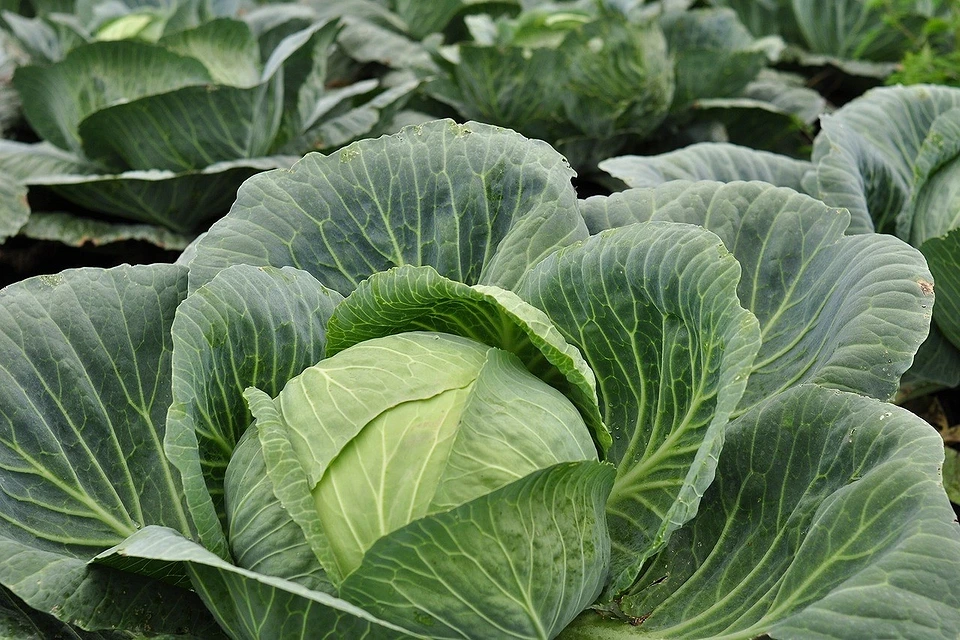
Sunflower
These neighbors have different nutritional requirements and no common pests. They do not interfere with each other and have no negative impact, which is an important point. Sunflowers grow tall and can eventually shade the squash bushes. Therefore, they should be planted so that the shade does not reach the pumpkin plants. It is best to sow sunflowers on the leeward side, so that they will protect the squash beds from strong winds.
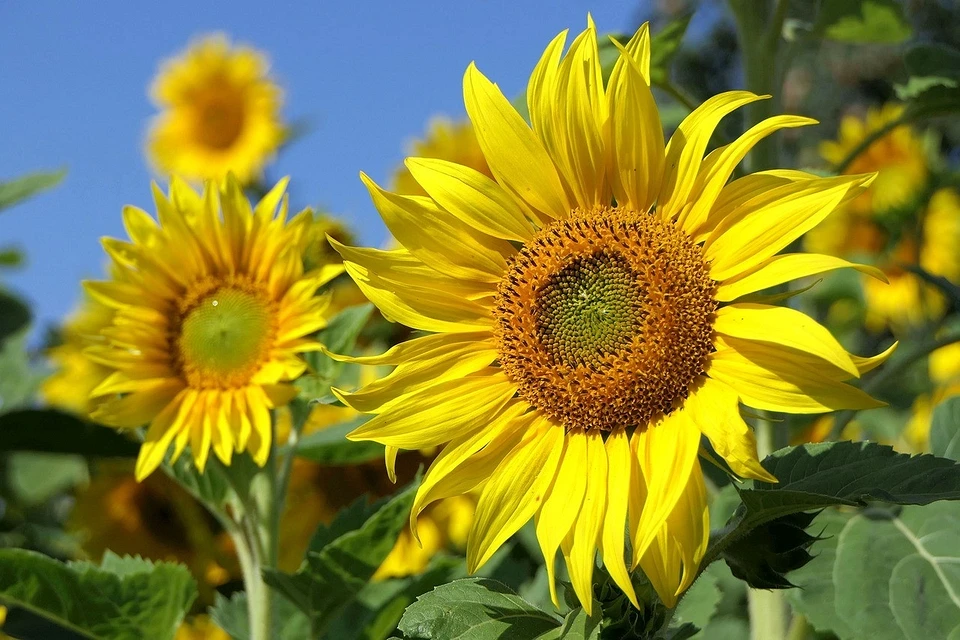
Beans
Like pumpkins, beans love the sun and abundant watering, and do not exchange pathogens and insect pests with them. The crops will not shade each other if bush beans are planted. When caring for the plants, it is essential to remember that legumes do not like frequent feeding; one feeding at sowing is sufficient. For this reason, beans are not suitable for combined planting.
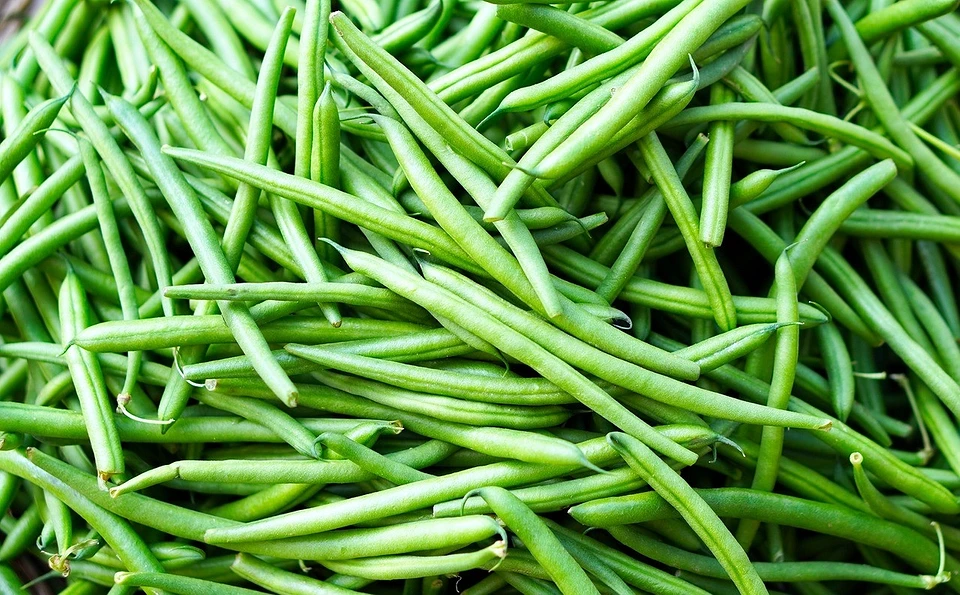
Carrots
Root vegetables prefer loose, fertilized soil. They will benefit from being planted next to zucchini bushes, as these are often fed. The plants do not share any pathogens and do not compete for nutrients or moisture. Important point. Squash bushes are pretty large, especially the climbing varieties. If the distance between the beds is too small, the plants will smother the carrots.
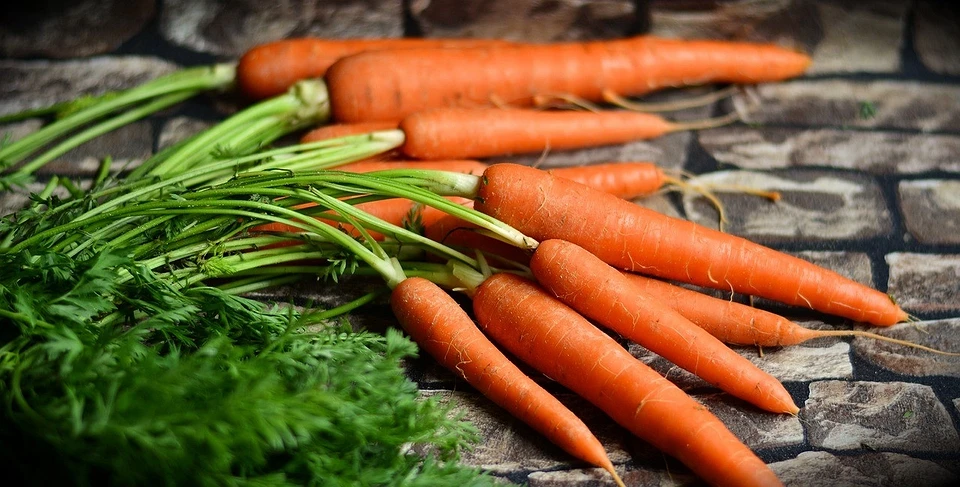
Onions
The weak root system of onions absorbs nutrients and moisture without penetrating deeply into the soil mixture. Therefore, they are no match for the powerful, deep roots of zucchini. They have different pests and pathogens, except for powdery mildew. Moreover, onions release phytoncides that repel insects.
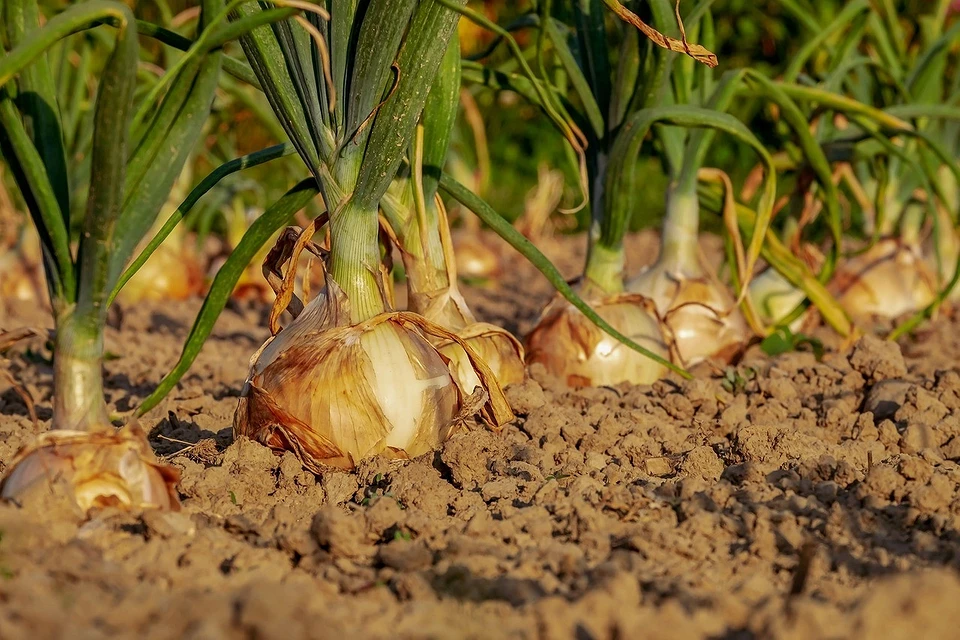
Beets
Thrives near pumpkins. Does not exchange insect pests and pathogenic microflora. Root crops do not tolerate shade well, so a sufficient distance is left between the beds.
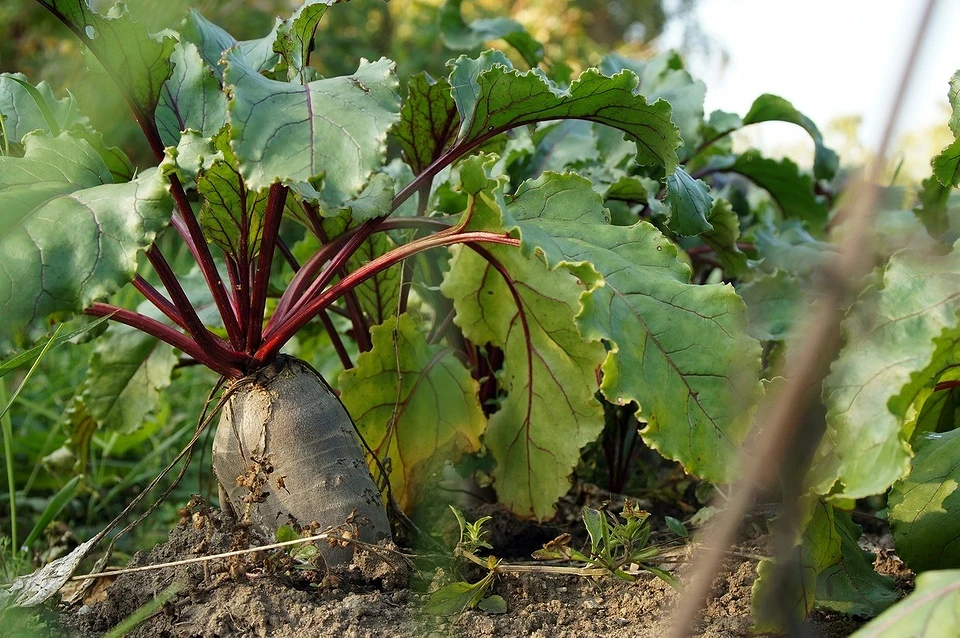
Garlic
Like all onions, garlic has a weak root system, so it does not compete with zucchini for moisture or nutrients. They do not share any common diseases. The phytoncides released by garlic repel insect pests from neighboring plantings.
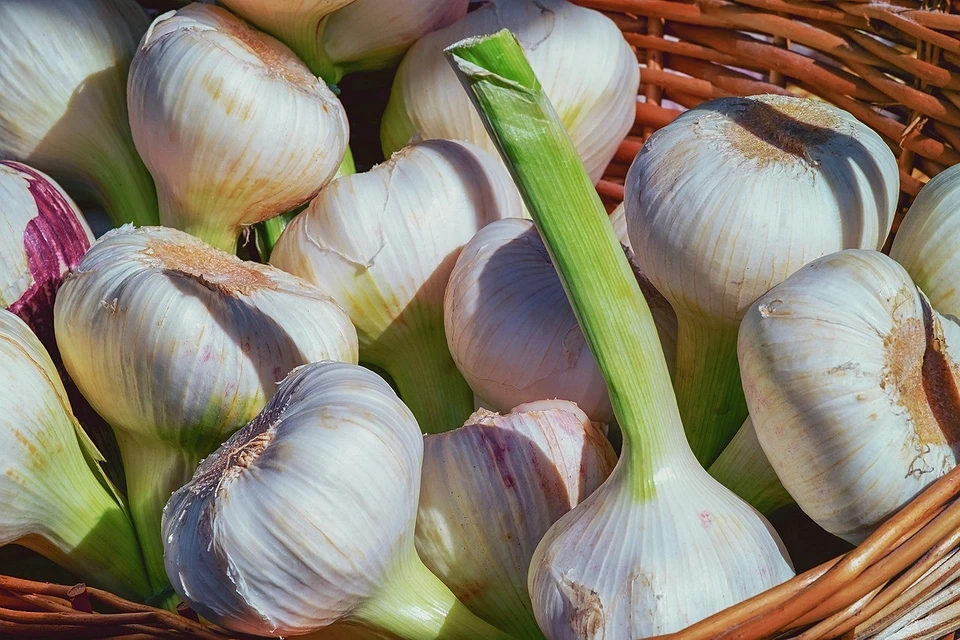
Herbs
Most herbs can be grown alongside potatoes. Cilantro, dill, parsley, basil, and others are suitable. The only negative aspect is the common disease, powdery mildew. Therefore, it is necessary to monitor for possible signs of it carefully. Most herbs have a strong aroma that repels pests.
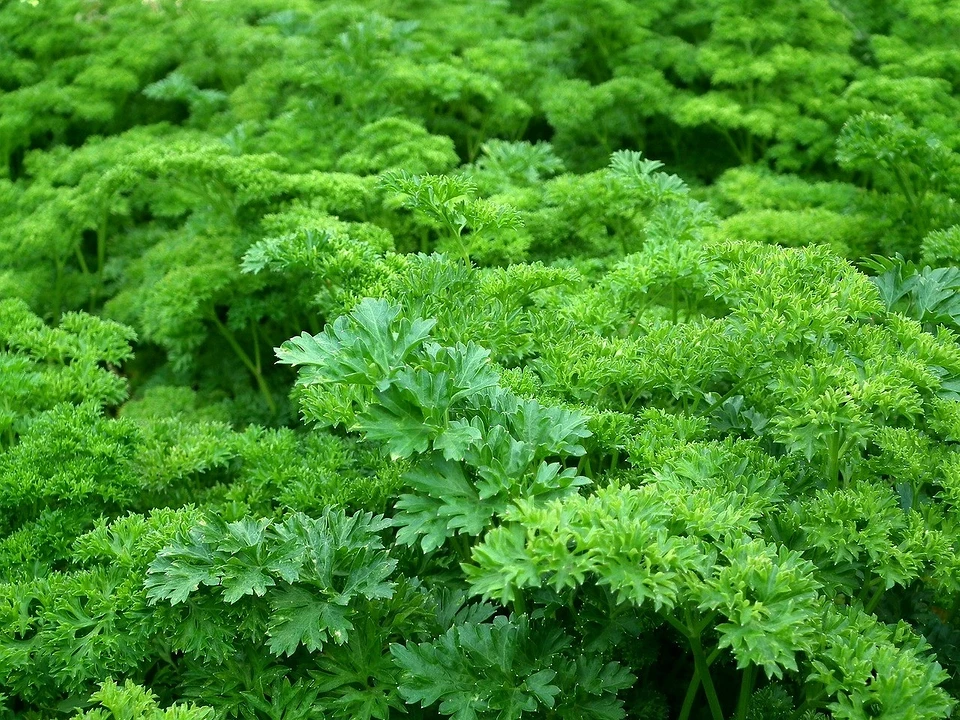
What to plant with zucchini in the same bed
When there is a shortage of space, combined or compact planting is practiced, when crops are planted in the same bed or between rows. In this case, all of the plants listed above are suitable. A few more can be added to the list.
Black radish
A root vegetable with a short growing season, which is grown for long-term storage. Therefore, sowing is carried out from the end of June. By this time, the zucchini bushes have already grown and strengthened. They will not compete with radishes if there is sufficient distance between the vegetables. A positive aspect is that the phytoncides emitted by radishes repel spider mites.
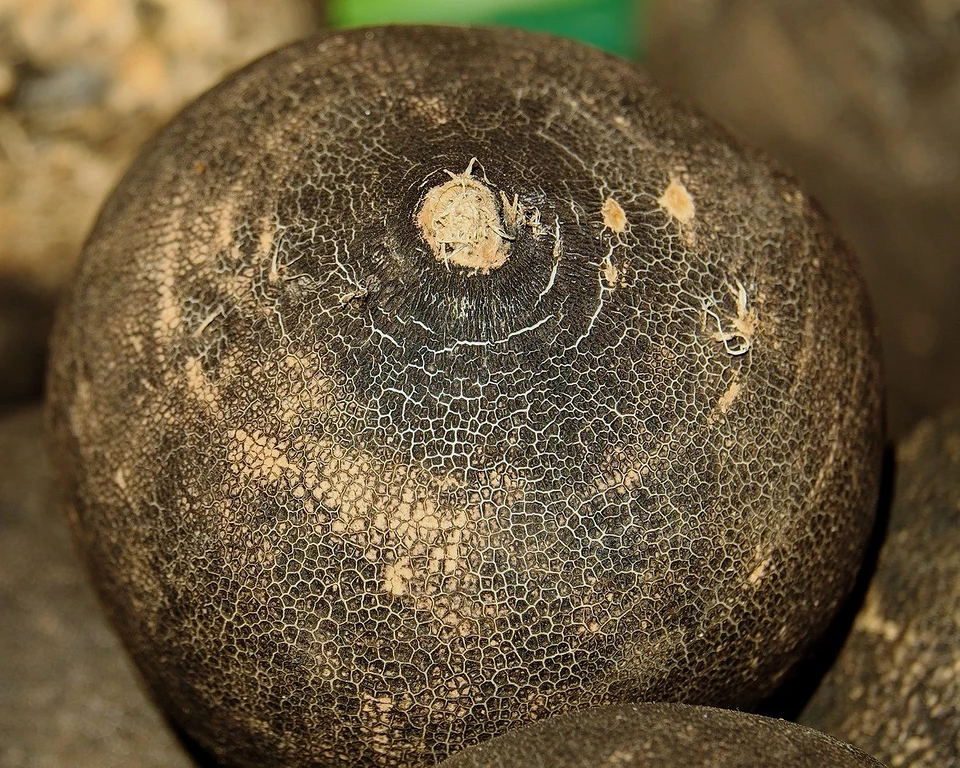
Peas
Early and mid-season pea varieties ripen quickly. They are usually sown between rows of squash. Important point: legumes do not like frequent feeding, but squash need it. You should try to avoid peas when feeding pumpkins.
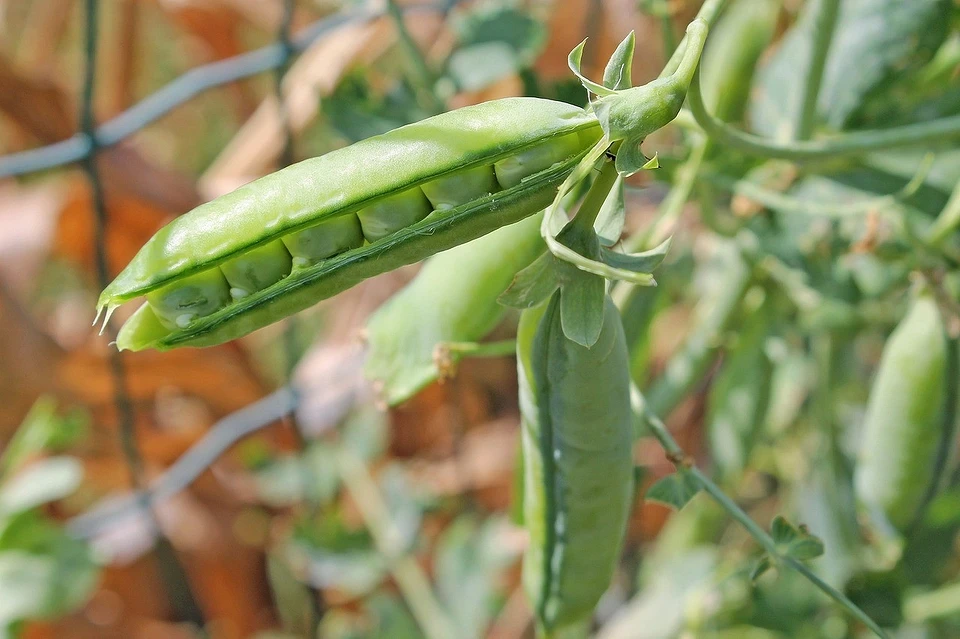
Radish
A fast-growing plant that prefers short daylight hours. Otherwise, it bolts. Therefore, it is best to sow radishes in early spring. In this case, by the time the zucchini bushes are actively growing, the radishes will already have been harvested. When growing in summer, it is quite possible to plant radishes between rows.
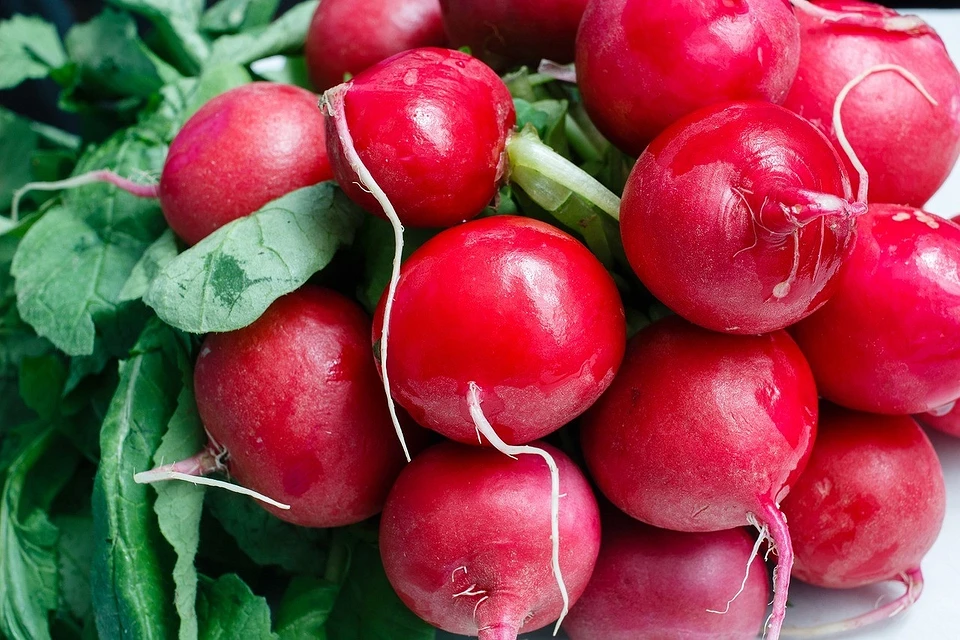
What not to plant with zucchini
Here is a list of plants that are entirely incompatible with zucchini.
Cucumbers and squash
They belong to the pumpkin family, so they have common pathogens and insect pests. Infection will quickly spread throughout the plantings. Both species have powerful roots and long shoots. They will compete for moisture and nutrients. In addition, members of the same family are capable of cross-pollination, which is highly undesirable.
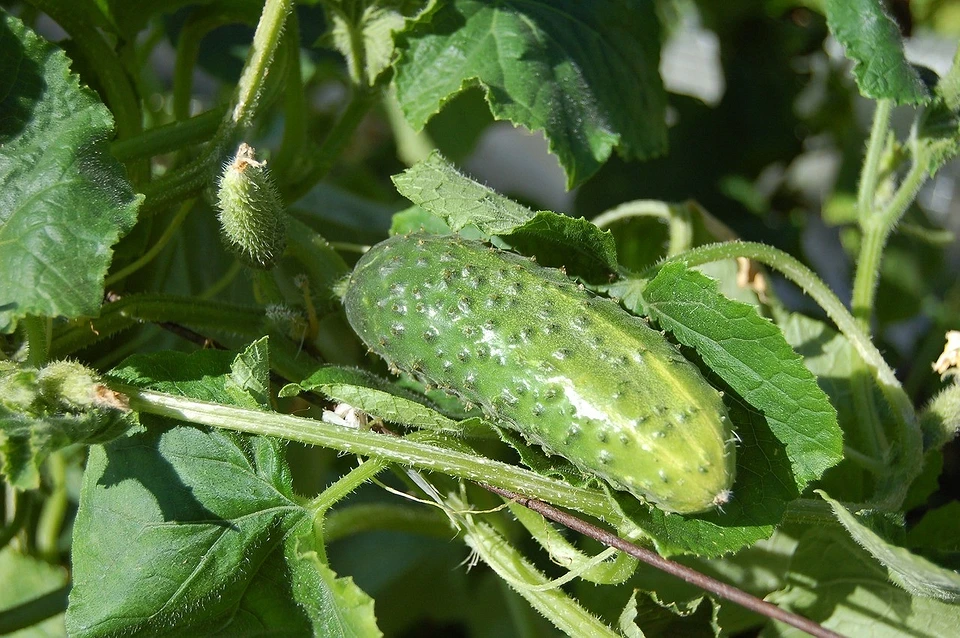
Melons and watermelons
These melons also belong to the pumpkin family. They are capable of exchanging pathogenic microflora and insect pests. Infection of one bed will leave the entire plantation with no chance of survival. Related species cross-pollinate, which spoils the quality of the fruit and varietal purity.
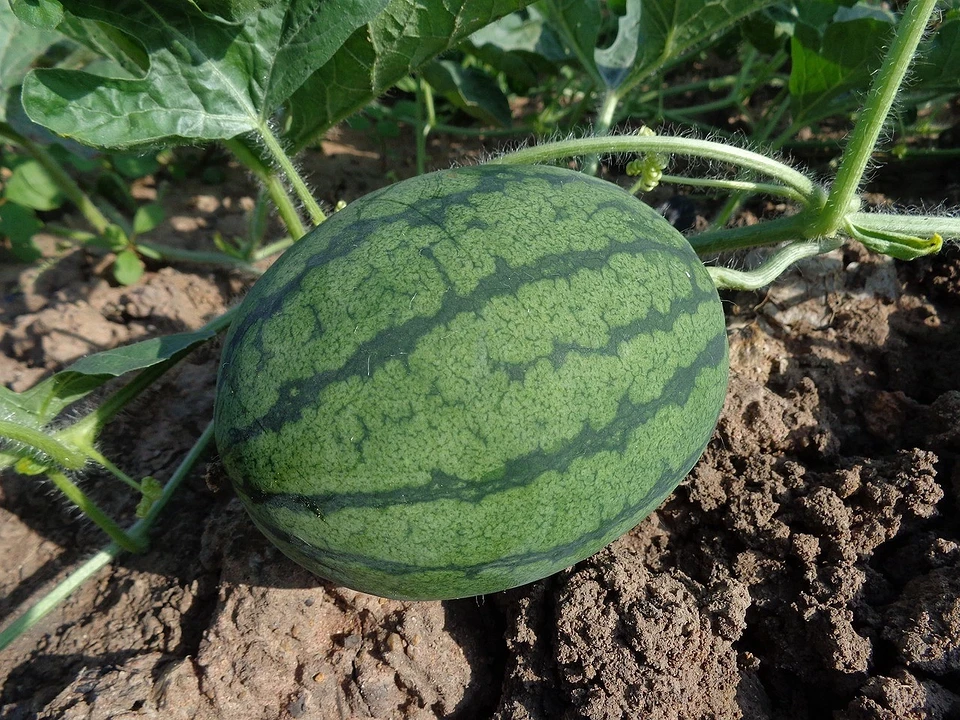
Pumpkin
Another related species with robust vines. When planted close together, it can smother squash bushes. Pumpkin roots grow extensively and will take up moisture and nutrients. Undesirable cross-pollination is also possible.
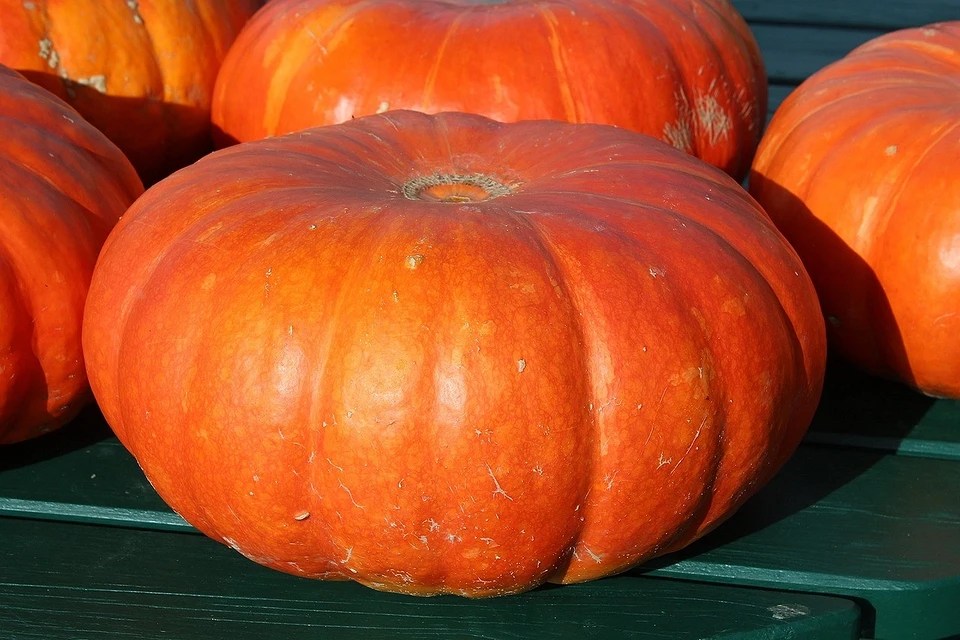
Potatoes
This member of the nightshade family does not have common pathogens or insect pests. However, it requires a large amount of nutrients and moisture during the tuber formation process. It will take them from their neighbors. In addition, potatoes hurt the quality of zucchini growing nearby. Their fruits become loose and acquire an unpleasant bitter taste.
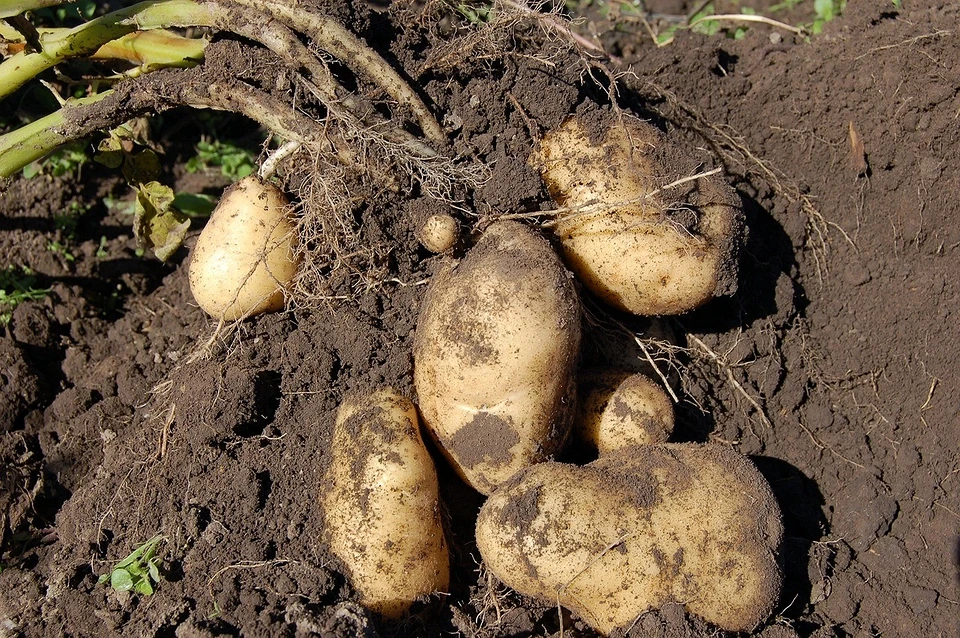
Compatibility chart
To make it easier for gardeners to plan their plantings, we have compiled a compatibility chart for squash.
| Good | Neutral | Undesirable |
|---|---|---|
| Peppers | Peas | Potatoes |
| Black radish | Greens | Squash |
| Sunflowers | Carrots | Cucumbers |
| Tomatoes | Beets | Melons |
| Cabbage | Radishes | Watermelons |
| Beans | Pumpkins | — |
| Onions | — | — |
| Garlic | — | — |
An important point. It is also undesirable to plant different varieties of squash next to each other, especially if you plan to obtain varietal seeds. The bushes will inevitably cross-pollinate. This will negatively affect the taste of the fruit and the quality of the seeds.
❓ Questions and answers
Which plants should never be grown next to zucchini?
Avoid planting other cucurbits near zucchini — such as cucumbers, melons, pumpkins, and squash — because they share pests, diseases, and may cross-pollinate or compete for nutrients.
Is it safe to plant zucchini near potatoes?
It’s generally not recommended. Potatoes are heavy feeders and may compete with zucchini for nutrients and moisture, possibly reducing yield or fruit quality.
What herbs are good to plant alongside zucchini to deter pests?
Herbs with intense aromas — like basil, parsley, cilantro, dill, and garlic — can help repel insects and enhance biodiversity. They usually don’t compete much with zucchini for nutrients or root space.
Can you grow root crops like carrots or beets next to zucchini?
Yes — root crops like carrots and beets are good companions because they occupy different soil layers and have minimal competition with zucchini’s stronger root system.
Hi, I’m Ben Carter!
I’m a certified organic vegetable specialist with over 12 years of experience. I grew up on a farm in Iowa and have helped hundreds of gardeners grow bountiful harvests without unnecessary chemicals. On this site, I share my proven methods. If you have any questions, leave them in the comments!
See also
What cannot be planted together: incompatibility table, cheat sheet for gardeners
How to plant grapes in autumn: planting instructions and care tips
A place to relax: how to organize a rest area
A tall hedge instead of a fence. How to create and maintain it
Bright hedges: how to combine shrubs with their surroundings
How to propagate grapes at home: 4 methods for every gardener

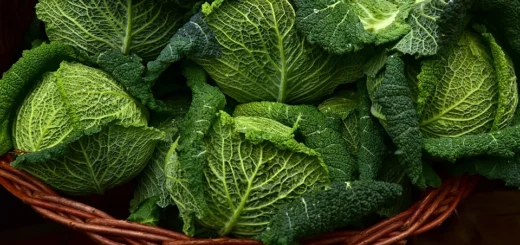
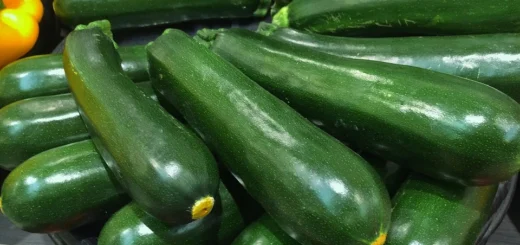
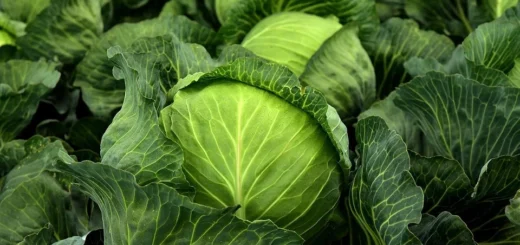










1 Response
[…] What to plant with zucchini: 13 good neighbors and four dangerous ones […]